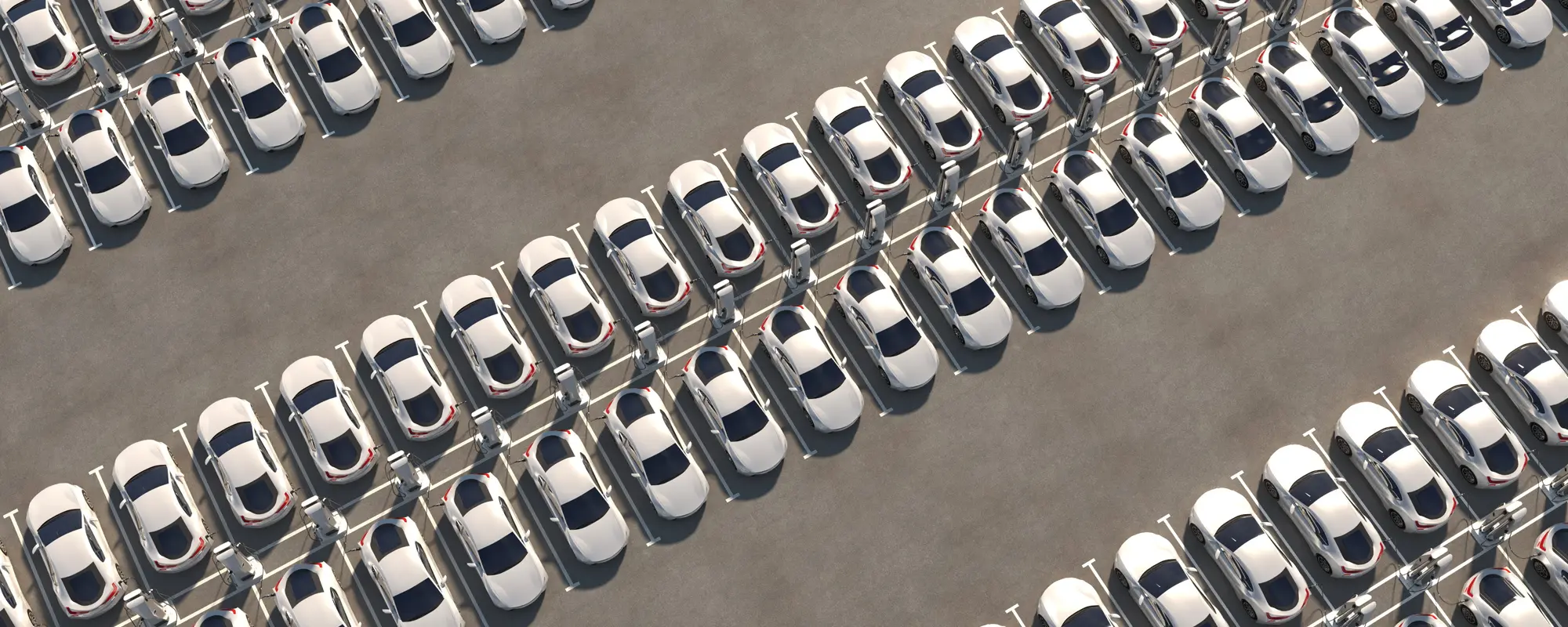
VoltSafe Blog Team – June 7, 2024
VoltSafe Technology: The Answer to Reaching Electrification Targets
This year’s recent wildfire threats, including the recent one affecting Fort McMurray, AB, serve as a stark reminder that climate change is not only a threat to lives, wildlife, ecosystems, and homes, but also to jobs and our economy. The 2016 wildfires in that area, which is one of Canada’s largest producers of crude oil, shut in over 1 million barrels of crude oil per day (BPD). In 2023, roughly 200,000 BPD were shut in. This year, wildfires continued to threaten the area with 2.1 million BPD at risk.
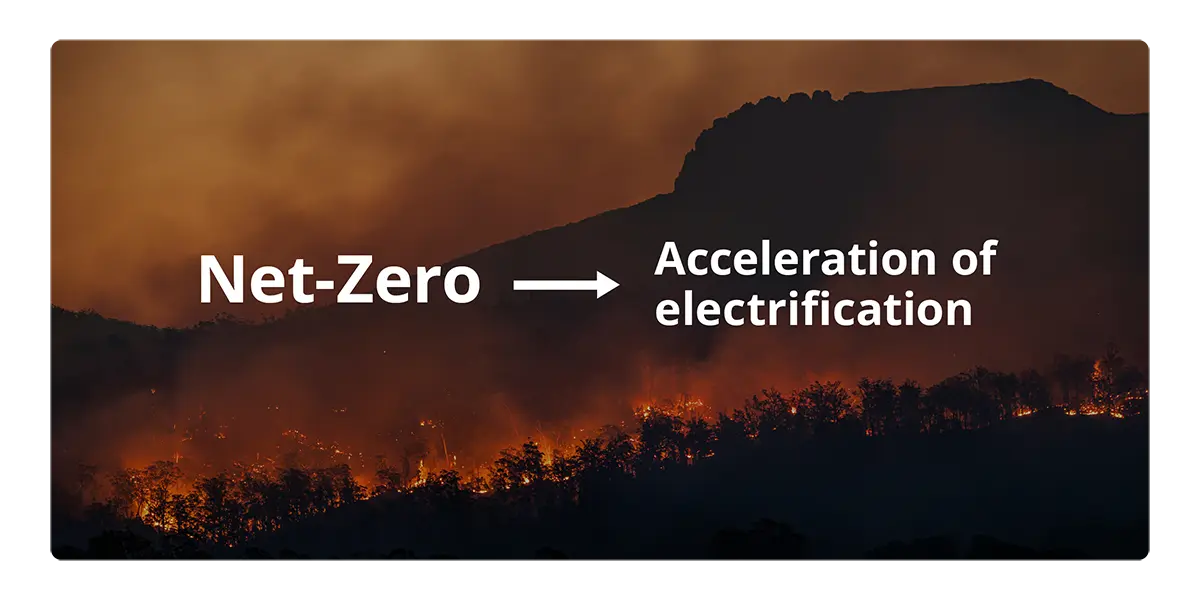
Climate change has made wildfires a seasonal occurrence, similar to winter storms and hurricanes in some areas. Conflicts in Europe and the Middle East have affected fuel supply and prices. Furthermore, the rise in population and the demand for heat, food, and transportation have further increased demand.
To combat climate change, the Canadian government passed the “Net-Zero Emission Accountability Act”. The Act commits Canada to reaching a goal of net zero emissions by 2050. Producing cleaner sources of energy like nuclear, hydro electricity, wind, biomass, geothermal and solar are necessary. It would combat climate change but also slow down the depletion of current non-renewable energy sources such as coal, oil, and gas . Renewable energy sources would also help to increase the supply of electricity to the grid to meet growing demand.
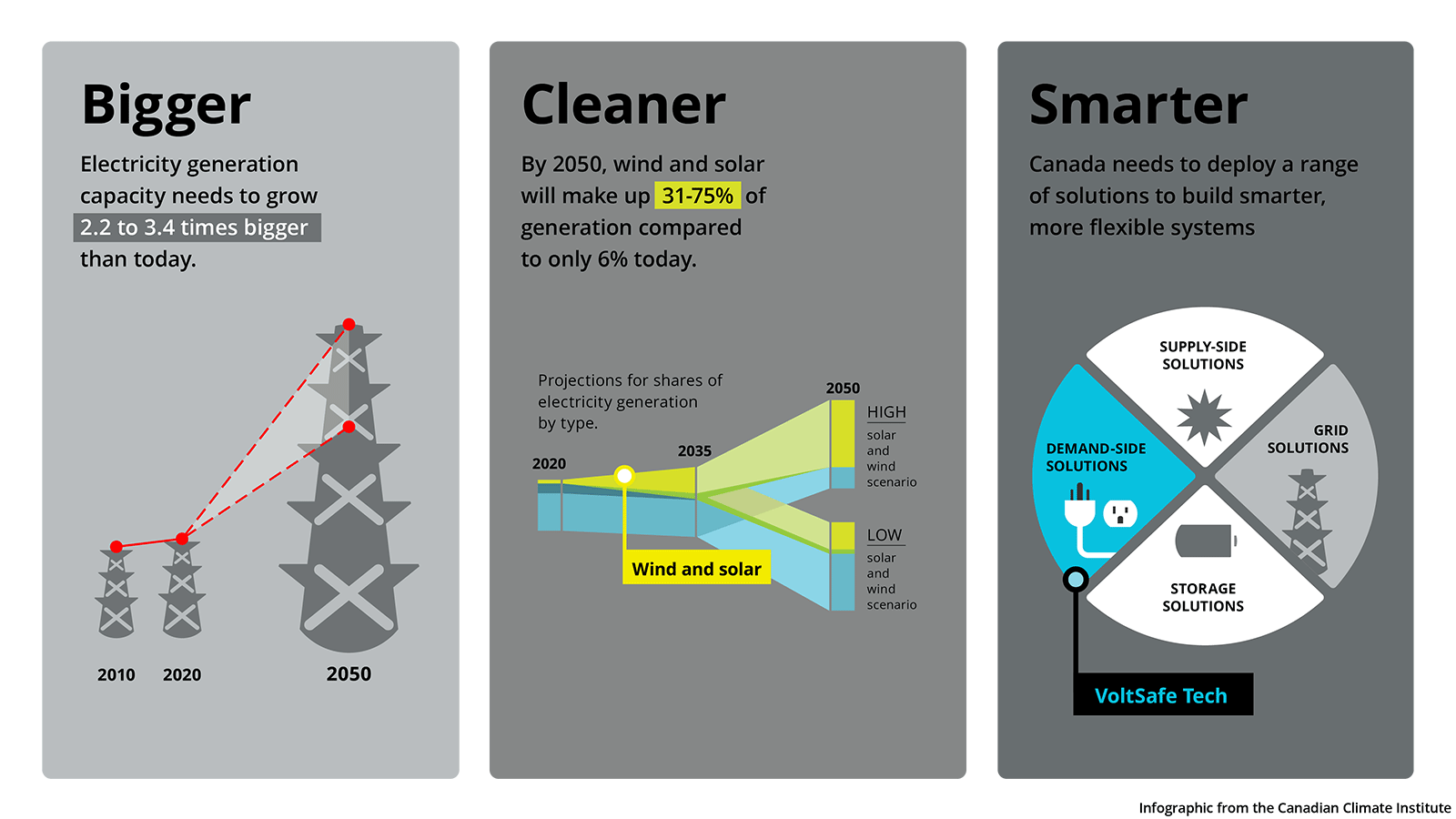
Energy watchdog groups warn that current non renewable energy sources would be depleted in less than 60 years, if not sooner. This may be why governments have not budged on target dates for the transition to electrification. With the help of private firms they’re looking for ways to increase infrastructure spending and encourage the development of renewables. The Canada Infrastructure Bank recently approved a $75-million loan for BC Ferries to fund the purchase of zero-emission ferries and the necessary charging infrastructure to support them.
The Urgency to Electrify
The challenges posed by non-renewable energy sources have been exacerbated by population growth, political instability, conflicts, and natural disasters that have slowed production or grind it to a halt, reducing access and driving up prices.

A few countries that have benefited from renewable sources of energy. For example, Albania, Paraguay, and American Samoa all use hydropower to generate their electricity, and Iceland uses hydro and geothermal energy to generate 72% and 28% of their electricity respectively.
Several countries are exploring the possibility of producing nuclear energy, which would be an alternative to traditional non renewable sources and would contribute to the production of electricity supply. But the cost of building the plants and finding land to do so remains a challenge.
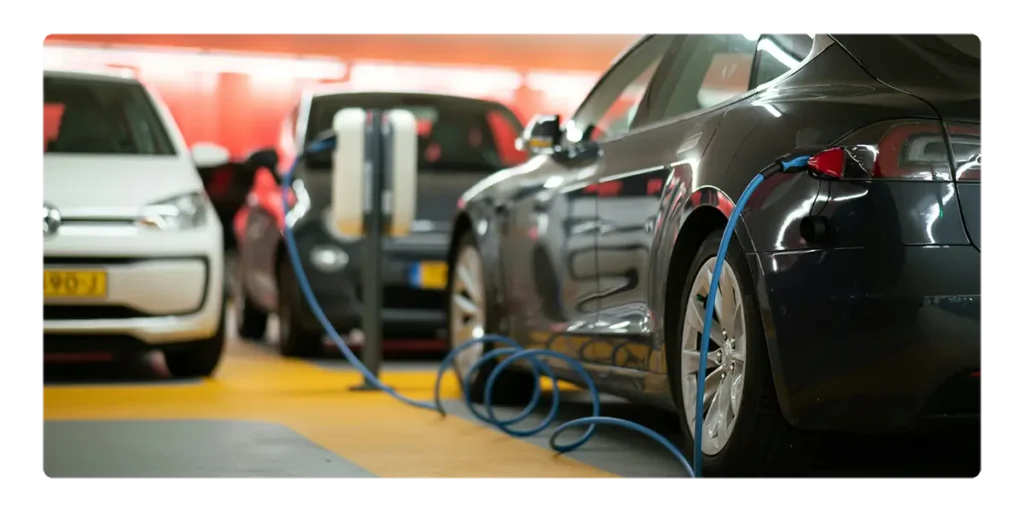
The growing popularity of EVs(electric vehicles) in the US would require 28 million charging ports and 442,000 in Canada.
Energy Management Buys Time and Independence
What can be done in the meantime to take advantage of the current electricity supply without overburdening the grid is reducing unnecessary usage such as vampire energy. Vampire energy is invisible energy drawn during standby mode. Most devices like TVs, computers, monitors, laptops and printers and businesses like machines and other equipment are often on standby mode. Any device or appliance unplugged at the device or equipment end but not at the outlet like phone chargers, draws vampire energy. The amount of power drawn can be quite high. This is where energy management can play a key role.
Energy management devices allow users to schedule when to turn their equipment on and off. Most of us are familiar with smart devices that turn lights on and off. Or power bars with switches with built in switches or timers. But, energy management can still be a challenging and time-consuming process for most.
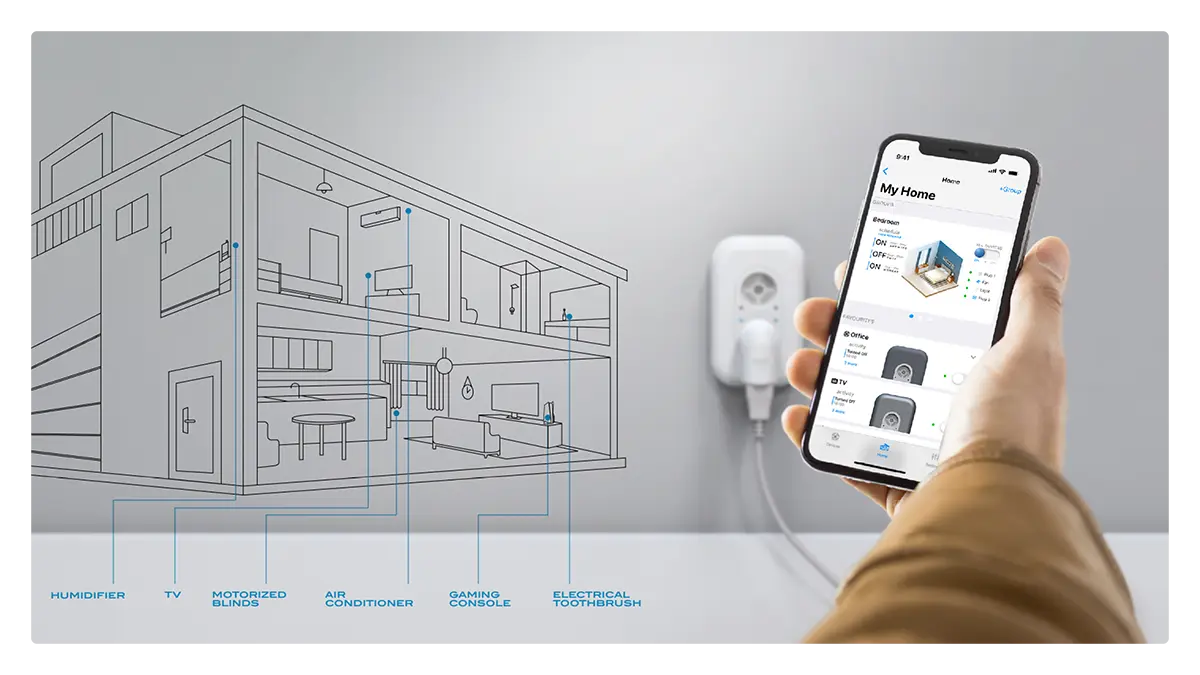
VoltSafe’s Solution to Energy Management
VoltSafe’s award-winning technology makes energy management simple. With just a few taps on your phone or iPad, you can schedule or turn appliances or equipment on and off from the outlet level.
How does this differ from current smart plugs on the market? VoltSafe’s technology detects usage on a granular level, showing you the difference between the energy used by your toaster, microwave, printer or even your washing machine or dryer. You can choose when to use your appliances and equipment.The biggest benefit is that you can schedule to run your appliances and equipment outside of peak demand hours.
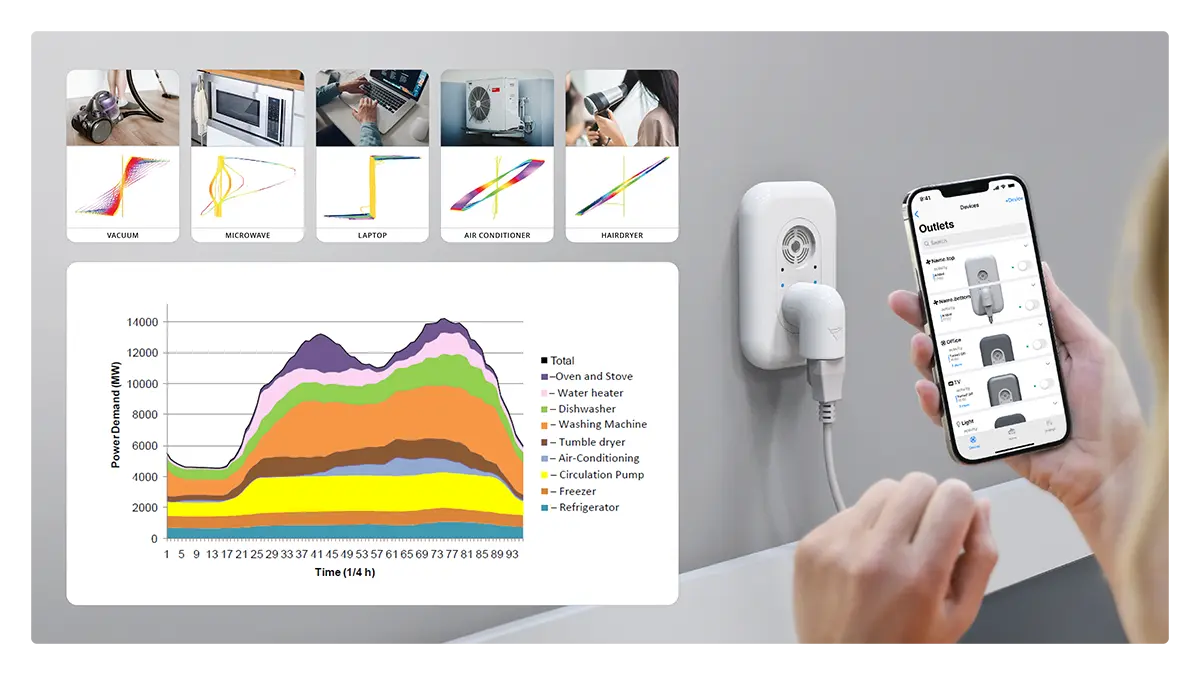
Utility companies have offered customers incentives to use off peak supply, but unless you have a device or equipment that has a built-in timer, you’d have to manually run your appliances or equipment during off peak hours. This has resulted in poor uptake of energy management. With Voltsafe, energy management is flexible, scalable,effortless and the energy and cost savings realized would increase adoption and reduce pressure on the grid.
About VoltSafe Inc.
VoltSafe Inc. is changing the way people connect to power. Headquartered in Vancouver, BC, the Canadian tech startup has reinvented the electrical plug by eliminating prongs, adding magnets and an “electrical fingerprint”. Using patented technology, VoltSafe has created the world’s safest, simplest, and smartest plug design since electricity came into homes more than 140 years ago. The company’s product pipeline includes magnetic plug replacement solutions for household, commercial, industrial, marine, electric and autonomous vehicles, emergency services, data centres and more.